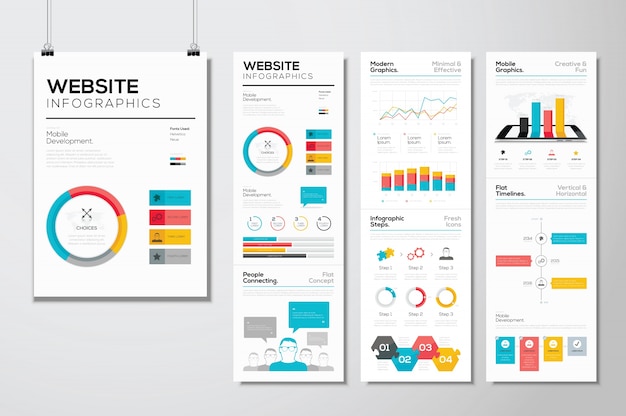Interested In Learning How Site Style Has Developed For Many Years? Discover The Trip From Simple Styles To User-Centered Techniques
Interested In Learning How Site Style Has Developed For Many Years? Discover The Trip From Simple Styles To User-Centered Techniques
Blog Article
Write-Up Produced By-Pappas Lunde
In the past, sites were basic and focused on information. Navigation was direct, and style was for desktops. Now, customer experience is key. link web page guides layouts for very easy navigating. Receptive formats fit various tools. Today, dark setting minimizes strain, and minimal food selections boost navigating. Interactive attributes engage customers, and vibrant visuals stick out. AI integration boosts interaction. See exactly how layout has evolved to enhance your on-line trip.
Very Early Days of Web Design
In the early days of website design, simpleness preponderated. Internet sites were fundamental, with limited shades, typefaces, and designs. The focus was on giving info instead of flashy visuals. Individuals accessed the web via sluggish dial-up links, so speed and functionality were key.
Navigating food selections were straightforward, generally located at the top or side of the web page. Sites were designed for computer, as mobile browsing wasn't yet common. Material was king, and developers focused on easy readability over intricate design components.
HTML was the key coding language used, and designers had to function within its restrictions. Computer animations and interactive attributes were marginal contrasted to today's standards. Internet sites were static, with little dynamic content or personalized customer experiences.
Surge of User-Focused Style
With the development of internet site layout, a change towards user-focused layout concepts has become significantly prominent. Today, developing websites that focus on customer experience is crucial for involving site visitors and achieving business objectives. User-focused design involves recognizing the demands, choices, and habits of your target audience to tailor the internet site's design, material, and features accordingly.
Designers currently conduct thorough research, such as customer surveys and usability screening, to collect understandings and feedback directly from customers. This data-driven strategy helps in creating user-friendly navigation, clear calls-to-action, and visually appealing user interfaces that reverberate with site visitors. By putting the user at the center of the style process, web sites can provide an extra customized and delightful experience.
Receptive design has also emerged as a key element of user-focused design, guaranteeing that internet sites are optimized for numerous tools and display dimensions. This adaptability enhances ease of access and functionality, catering to the varied ways users connect with sites today. In essence, the increase of user-focused design represents a change in the direction of producing electronic experiences that prioritize the requirements and assumptions of completion customer.
Modern Trends in Web Design
Explore the current patterns shaping web design today. One popular trend is dark setting design, offering a smooth and modern-day look while lowering eye stress in low-light environments. An additional crucial pattern is minimalist navigating, streamlining food selections and improving user experience by concentrating on essential elements. Incorporating micro-interactions, such as animated switches or scrolling effects, can create a much more interesting and interactive web site. Receptive style remains important, making sure seamless user experiences across various gadgets. In addition, using bold typography and unbalanced formats can include aesthetic interest and draw attention to certain material.
Incorporating AI modern technology, like chatbots for consumer support or individualized suggestions, enhances user engagement and improves processes. Access has also come to be a significant fad, with developers focusing on comprehensive design practices to accommodate diverse user demands. Welcoming sustainability by enhancing website performance for speed and efficiency is one more arising trend in web design. Working together with individual responses and information analytics to iterate and enhance style continuously is essential for staying appropriate in the ever-evolving electronic landscape. By welcoming these contemporary trends, you can produce an aesthetically enticing, straightforward internet site that reverberates with your target market.
Conclusion
As you review the advancement of site layout from the very early days to currently, you can see just how user-focused design has ended up being the driving pressure behind modern-day fads.
Welcome the journey of adjustment and adaptation in website design, constantly keeping the individual experience at the leading edge.
Stay current with the most up to date trends and modern technologies, and never ever stop progressing your approach to create aesthetically stunning and easy to use internet sites.
Advance, adapt, and create - the future of website design is in your hands.
